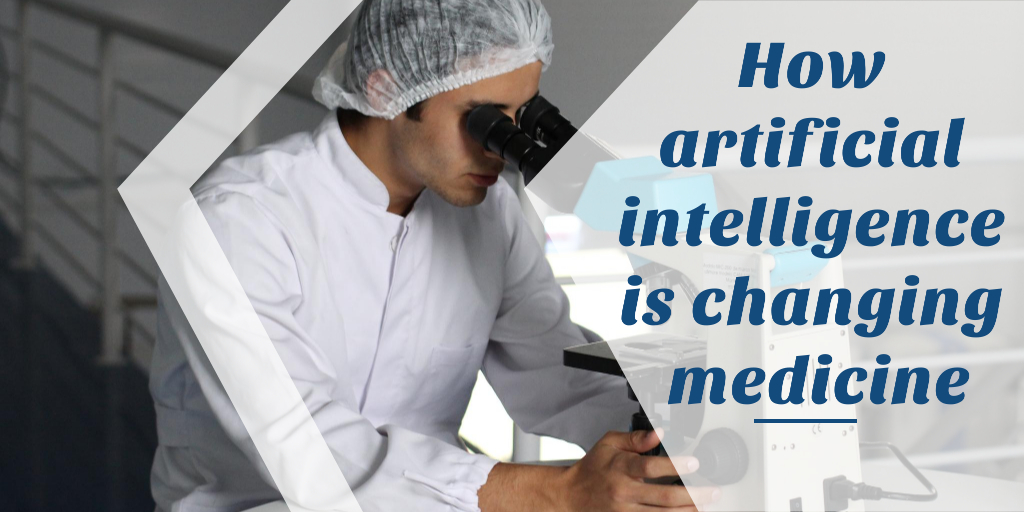
How artificial intelligence is changing medicine
Robots penetrate all spheres of life, including medicine. What will happen in the future and how the industry is already changing?
Artificial intelligence is taking over hospitals around the world. There is nothing to be afraid of, it has nothing to do with the uprising of machines against people. AI is needed in the examining room to expand and sharpen the doctor’s attention to problems. And sometimes it helps with different tasks so that the doctor can focus on the patient.
To imagine how a robot may change the future, you need to understand how AI matches living doctors. Which one is more accurate? Where will the robot help and where will it harm?
Robots are still at an early stage of development, but they can already work with patients, sometimes as well as doctors. Researchers at a hospital in Oxford have developed a diagnostic system that is 80% more accurate than a doctor in identifying heart disease. Harvard University has created a “smart” microscope capable of detecting potentially fatal blood infections. The artificial intelligence system can detect bacteria with 95% accuracy.
Artificial intelligence is useful for dealing with large amounts of data. This is exactly what is needed in the growing field of precision medicine. The gap could be filled by the Human Dx Human Diagnostic Project, which combines machine learning with the real-world experience of doctors.
A neural network instead of a psychologist
The algorithm may learn to understand which of the speakers is depressed and who has bipolar disorder, to distinguish manic from the depressed state. The application provides real-time data so that the patient can track his mood, and the doctor can track changes in the disease. But understanding is only the first step. The ultimate goal is to find a treatment that works, and of course in psychology, doctors are much more effective than robots.
Surgery
The most popular application of artificial intelligence in medicine is in the development of surgical robots. Today, in most cases, robotic surgeons are designed as an “extension” of a human doctor who controls the device from a console. One of the most ambitious medical procedures took place in Montreal in 2010. It was the first tandem of robots, surgeons, and anesthesiologists.
The industry will develop, but you shouldn’t integrate robots quickly and haphazardly. We are afraid that there will be too much artificial intelligence in medicine, but it is people who decide where AI should be applied, and what is better to do the old-fashioned way.





